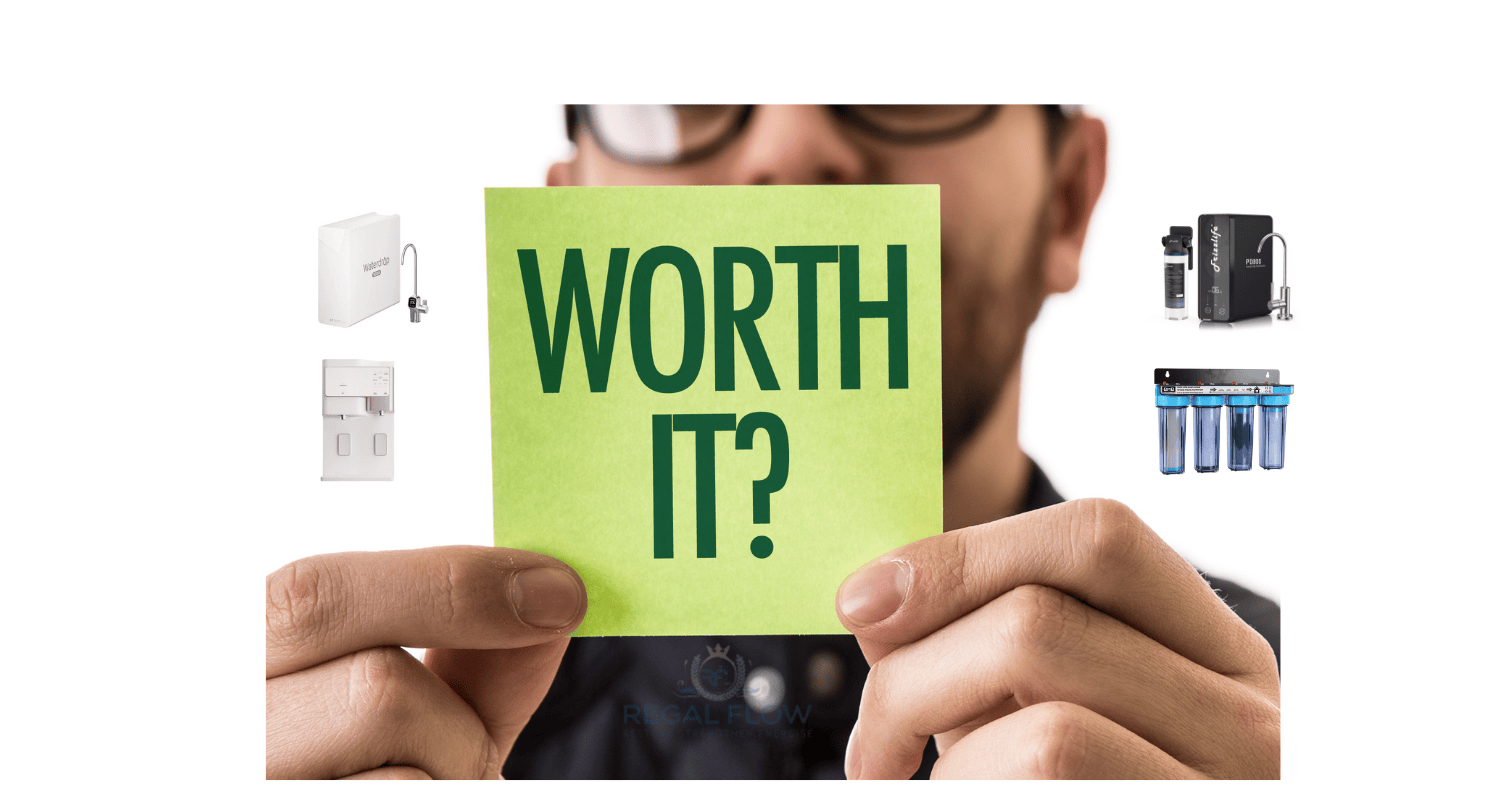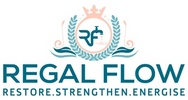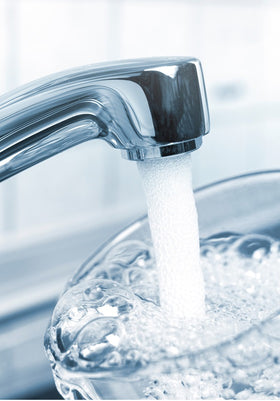
Are Reverse Osmosis Systems Worth It? A Deep Dive into Clean Water Solutions
Wondering if reverse osmosis systems are worth the splurge? Short answer: yes! They’re a game-changer for cleaner, better-tasting water. Forget bottled water—countertop dispensers and reverse osmosis systems save you cash and keep your water fresh. In Reverse Osmosis FAQs: Answers to Common Questions, we break down exactly why investing in one might just be the smartest thing you do!
Understanding the Benefits of RO Systems
Reverse osmosis systems might sound like something out of a science fiction movie, but they're actually quite simple—and incredibly effective. Let’s take a closer look at why so many people swear by them.
Improved Water Quality and Taste
Picture this: You’re thirsty, and you reach for a glass of water. But instead of the usual chlorinated taste, you’re met with crisp, refreshing water. That’s the magic of reverse osmosis! By removing chlorine, minerals, and impurities, these systems make your tap water taste better than ever. It’s like upgrading from a rusty old kettle to a top-of-the-line espresso machine.
Removal of Harmful Contaminants
But it’s not just about taste; it’s about safety too. RO systems are experts at eliminating harmful contaminants like heavy metals, fluoride, and microplastics. Whether it’s lead, pesticides, or bacteria lurking in your tap water, reverse osmosis systems leave your water much cleaner and safer for drinking.
Evaluating the Costs and Drawbacks
Like any investment, reverse osmosis systems come with a price tag, and it’s important to understand both the costs and potential drawbacks before making a decision. Here’s a breakdown of what you need to know.
Initial System Cost
Let’s start with the elephant in the room: cost. The initial setup for a reverse osmosis system can range from £200 to £500, depending on the model. Yes, this is more expensive than a simple pitcher filter or carbon filter, but the value they provide in return is unmatched. Think of it like buying a quality pair of shoes; the upfront cost might be higher, but they’ll last longer and do a better job.
Maintenance and Filter Replacement
The good news is that once your RO system is installed, it doesn’t require constant attention. The bad news? You'll need to replace filters and membranes every 6 to 12 months. This maintenance typically costs around £50 annually. While it’s an extra expense, it’s a small price to pay for clean, reliable water.
Water Waste Considerations
One thing to consider with RO systems is the water they waste during filtration. For every gallon of purified water, up to 3 gallons can be discarded. It’s not ideal if you’re trying to save every drop, but newer systems have been designed to reduce this waste significantly. Just be aware of this aspect when deciding.
Long-Term Value and Savings
When you weigh the costs against the benefits, reverse osmosis systems start to make a lot more sense. They’re an investment in both your health and your wallet in the long run. Let’s take a closer look at why they’re worth the cost.
Health Benefits and Reduced Expenses
RO systems remove harmful contaminants, which means you’re not only saving on bottled water but also potentially reducing healthcare costs. Whether it’s reducing your risk of stomach issues or lowering exposure to harmful chemicals, the health benefits are clear. Plus, after the initial setup and annual maintenance, you’ll save a tidy sum compared to buying bottled water.
Environmental Impact and Sustainability
Speaking of savings, reverse osmosis systems are great for the environment. By cutting out bottled water, you're reducing plastic waste and helping to lessen the burden on the planet. Plus, many modern RO systems are more water-efficient, reducing the amount of waste produced during filtration. So, it’s a win-win for both your wallet and Mother Earth!
Comparing RO with Other Filtration Methods
It’s always good to consider your options before making a decision. So, how do reverse osmosis systems compare to other water filtration methods?
Cost-Benefit Analysis
Carbon filters or pitcher systems are cheaper to buy initially, but they don’t do as much to eliminate harmful substances like heavy metals or fluoride. A reverse osmosis system, while pricier upfront, offers far superior filtration and will save you more money in the long run by reducing your reliance on bottled water.
Performance and Efficiency
When it comes to performance, reverse osmosis is the clear winner. Unlike carbon filters, which only remove a limited range of contaminants, RO systems are capable of filtering out nearly 99% of impurities. They also don’t require constant electricity to function, unlike UV purifiers, which can add to your energy bills.
Making an Informed Decision
Before investing in a reverse osmosis system, it’s essential to consider your specific needs and how this investment fits into your long-term goals.
Assessing Personal Needs and Priorities
Do you have hard water or concerns about chemicals like lead or nitrates in your water? Is taste a priority for you? Understanding what you want from a filtration system is key to choosing the right one. If you live in an area with high levels of contamination, an RO system could be your best option.
Considering Long-Term Investment
Yes, the upfront cost is higher than other filters, but reverse osmosis systems are built to last. With proper maintenance, they can serve you well for years. Considering the money saved on bottled water and the health benefits, it’s a solid long-term investment that pays off over time.
Conclusion: Determining the Value of RO Systems
Now that we’ve explored the pros and cons of reverse osmosis systems, it’s time to weigh everything up. Are they worth the investment?
Key Takeaways on System Worth
-
Reverse osmosis systems improve water quality, taste, and safety by removing harmful contaminants.
-
While the initial cost is higher, long-term savings on bottled water and health expenses make it a worthwhile investment.
-
RO systems also contribute to sustainability by reducing plastic waste and using water more efficiently.
Final Recommendations
If you’re looking for cleaner, safer drinking water and don’t mind a higher upfront cost, a reverse osmosis system is definitely worth considering. It’s a smart choice for long-term health, savings, and environmental impact. Choose a reliable model, invest in regular maintenance, and you’ll enjoy pure water for years to come.
More Reverse Osmosis info we think you'll love
Are Reverse Osmosis Filters Interchangeable?
Are Reverse Osmosis Filters Universal?
Are Reverse Osmosis Systems Safe?
Can Reverse Osmosis Water Cause Constipation?
Can Reverse Osmosis Water Cause Diarrhoea?
Can Reverse Osmosis Water Dehydrate You?
Is Reverse Osmosis Water Bad for your Health?
Why is Reverse Osmosis Water Good for You?
Why do Reverse Osmosis Systems Waste Water?
Why Does My RO System Keep Draining?
Why is my Reverse Osmosis System Leaking?



Leave a comment